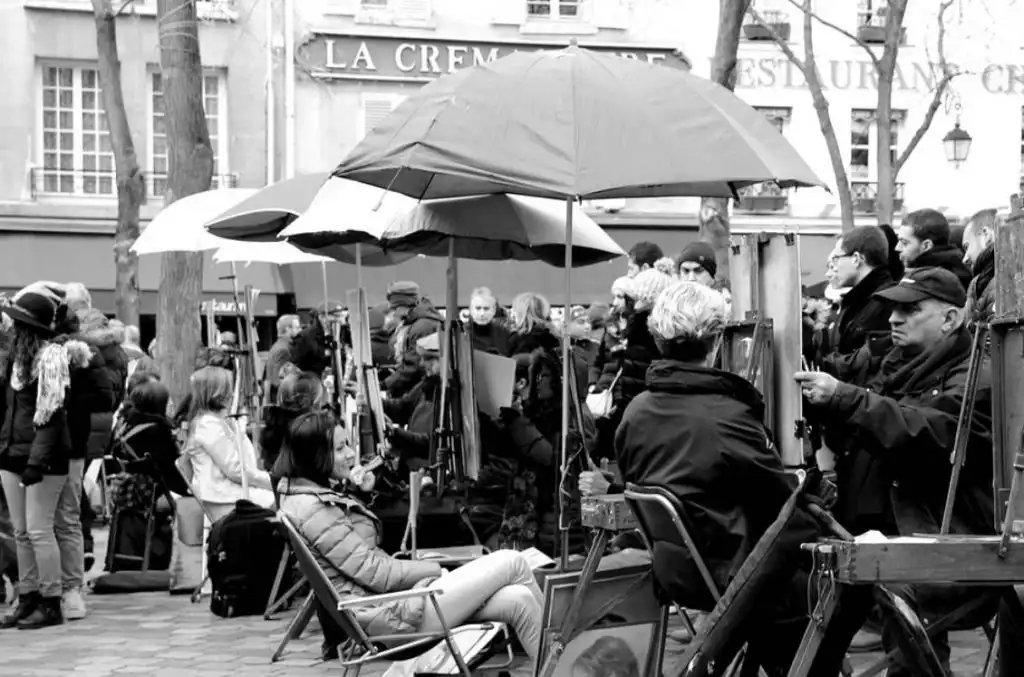The Montmartre district in Paris is world-famous because it was once the mecca of modern art.
Many of the most famous artists in history once lived here. Today, one famous square in this historic Parisian neighborhood still resembles the glory days of the late 19th and early 20th centuries.
In this article, you’ll discover some of the most interesting facts about the Place du Tertre, one of the most picturesque areas in a city full of historic places.
1. It’s located in an elevated location just north of Paris’ city center
The Place du Tertre is the name of the square that is located near the summit of Montmartre Hill. This is an elevated district in the northern part of Paris and part of the 18th arrondissement of the city.
The most famous landmark in Montmartre is without a doubt the magnificent church called the Sacré-Coeur, officially known as the “Basilica of the Sacred Heart of Paris.” The amazing domes of this structure dominate the northern part of the city.
This incredible church is just walking distance east of the square which makes it pretty easy to find in the picturesque streets of Montmartre.

2. The square has a history that dates back to the year 1133
The history of the square goes back to the 12th century. It was King Louis VI who purchased an even older building on this location, a Merovingian church.
He transformed this old building into a Benedictine monastery and turned the Place du Tertre into the central space of this monastery.
Unfortunately, nothing remains of this monastery today except for its vineyard which remarkably still operates today. The monastery building was completely demolished during the French Revolution in the year 1794.
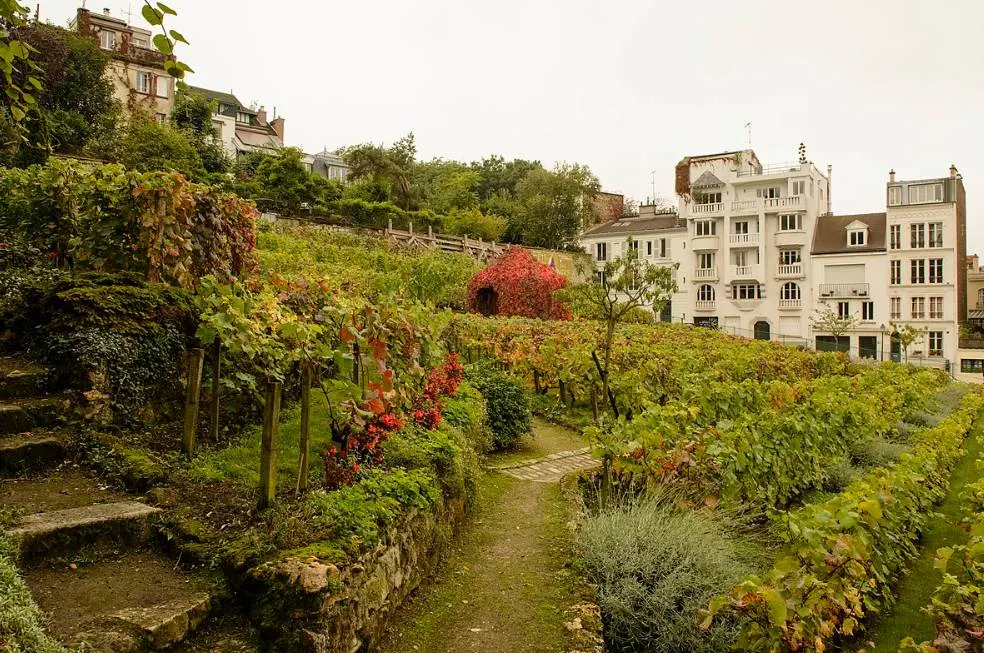
3. The oldest church in Paris borders the square’s northeastern corner

One of the most fascinating facts about the Place du Tertre is that one of the buildings that once adjoined this old monastery still stands today.
Saint-Pierre de Montmartre is a church in Paris that was completed just after the monastery was constructed in 1147. It was spared during the French Revolution as it was the parish church of the village of Montmartre.
This is the oldest church in Paris that still stands today. It replaced an even older structure and it’s believed that this location has a history of religious buildings that dates back to Roman times in the 3rd century.
When viewed from the observation platform of the Sacré-Coeur, the square is located just behind Saint-Pierre de Montmartre.
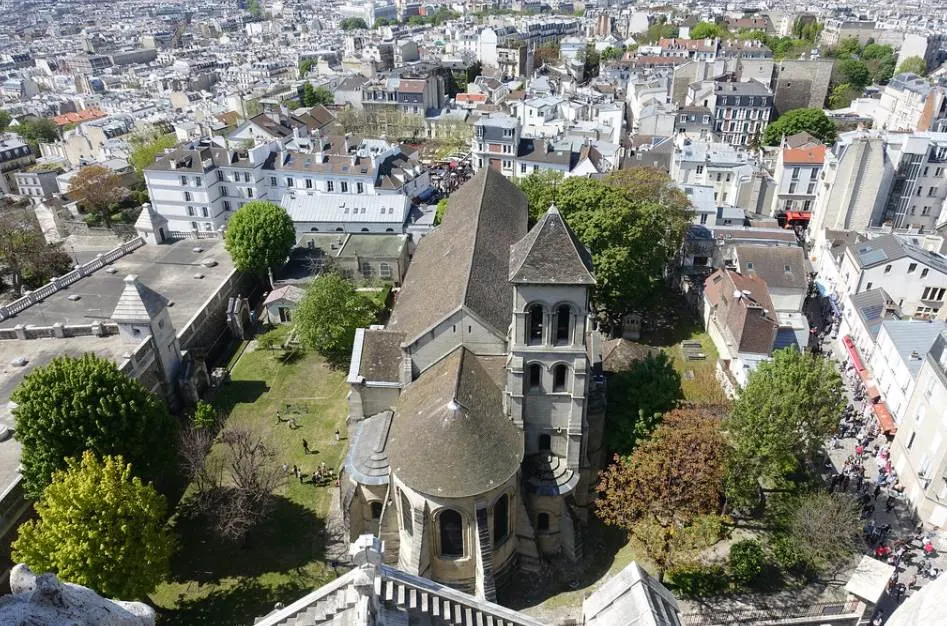
4. The square in its current form dates back to the 17th century
The Kings of France owned the Benedictine Monastery known as Montmartre Abbey until the French Revolution.
It wasn’t until the year 1635 that the square became accessible to the public as it was turned into the central square of Montmartre village.
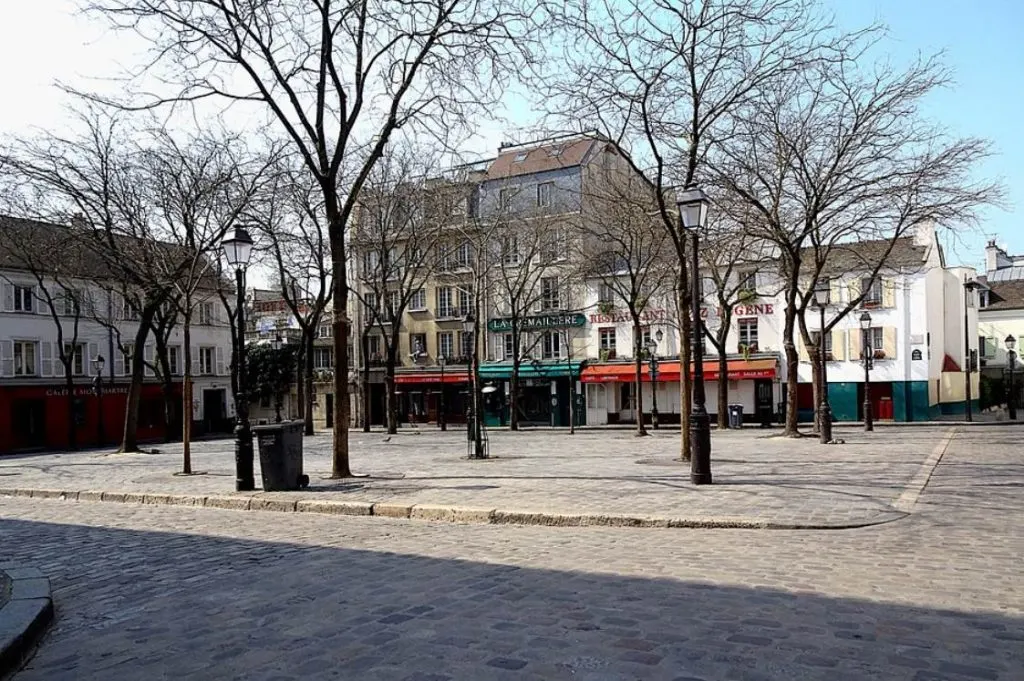
5. The Place du Tertre was the heart of Paris’ artistic village until World War I
Before all sorts of artists arrived in Montmartre, the Place du Tertre was nothing more than any other square in Paris. This means that it was a commercial hub where merchants sold products.
This completely changed at the end of the 18th century, a period in history that transformed French society forever.
Montmartre Village became the epicenter of the world of art, and the Place du Tertre was the central square of this remarkable artistic village.
This culminated during the Belle Epoque between the early 1870s and the start of World War I in 1914 as many of the most famous artists in history moved here.
Pablo Picasso, Amedeo Modigliani, and Pierre-Auguste Renoir are just a few of the world-famous artists who once called Montmartre home.
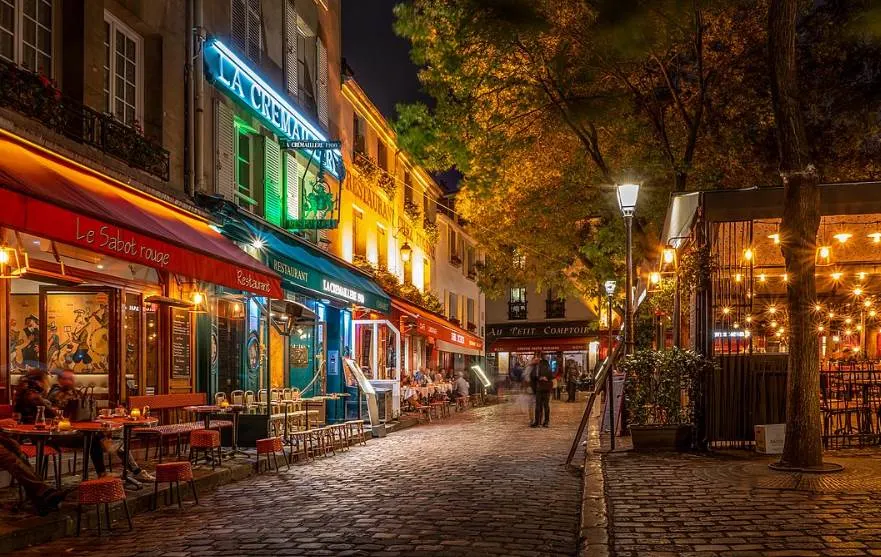
6. Multiple famous paintings were produced near the popular square
The fact that so many artists lived here also meant that they found inspiration in the authentic cobblestoned streets and crowded establishments that are located here.
Le Bateau-Lavoir was a studio where multiple artists lived, including Picasso. Pierre-Auguste Renoir rented a studio, especially to paint one of his most famous works called “Le Bal du Moulin de la Galette” (1876).
Renoir’s studio was just two blocks north of the Place du Tertre. The actual mill where the painting was produced is located just a few blocks to the west.
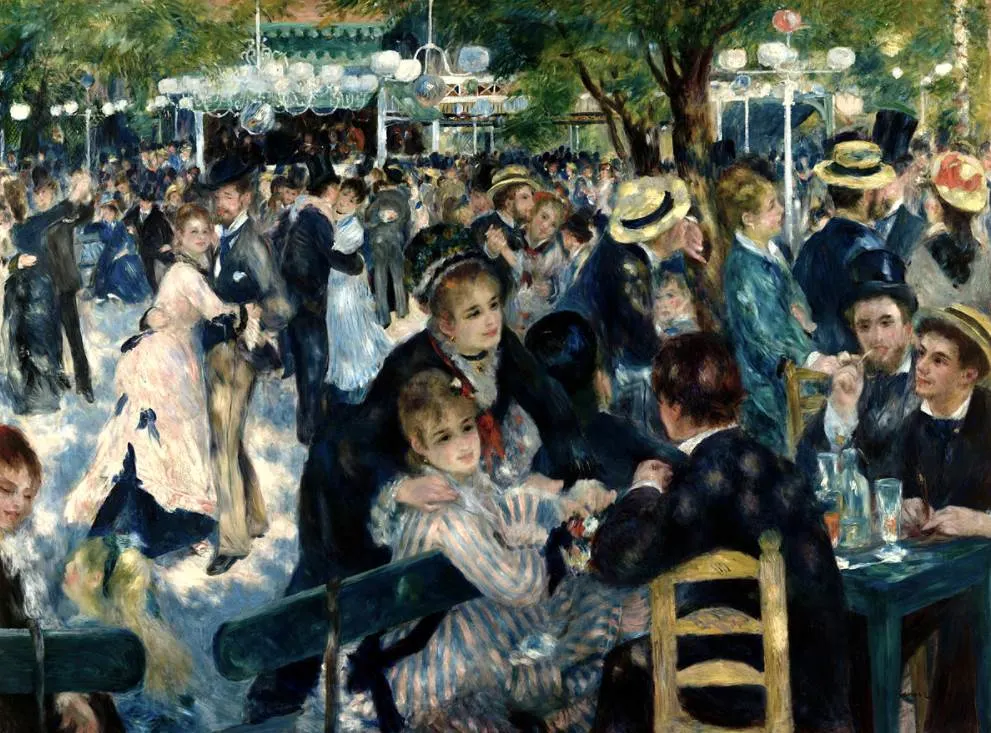
7. Renoir’s studio was transformed into a popular museum
The studio rented by Renoir during the 1870s was located at 8-14 rue Cortot. This house dates back to the 17th century and has been inhabited by multiple famous artists.
If you want to learn more about the history of the place du Tertre and Montmartre in general then you can visit this place because it has been transformed into the Musée de Montmartre.
The collection consists of posters, pictures, and paintings that tell the complete story of the artistic neighborhood of Paris.

8. The square is popular among tourists who want their portrait painted
What better place in Paris to enjoy a cup of coffee or have lunch or dinner than at the Place du Tertre, right?
The square is lined with bars and restaurants where you can enjoy the authentic village atmosphere within one of the biggest cities in Europe.
This is not the only reason why the square is world-famous, though, because artists still produce amazing artworks here today.
If you want to have your portrait painted then there is no better place to acquire one than here. Artists are lining up with the easels, ready to paint anybody who wants to pose as a model, quite amazing!
